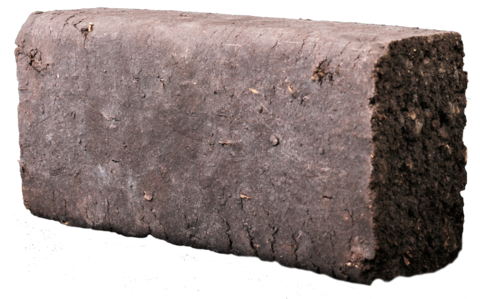peat stone
Life Cycle Transition
About the Product

Peat consists of residues of sunken plant remains, which only partially decompose due to a lack of oxygen in the moor soil and are thus converted into peat over many years.
The peat is collected, pressed and air-dried in 4 m high racks. Compared to the conventional burning process, this type of hardening consumes or produces significantly less energy and emissions. The resumption of land use in wetland areas also contributes to the conservation of rare and characteristic plant and animal species in wetlands.
Peatstones are mainly used for noise and bank protection as well as in garden and park design. They are used for a variety of wall constructions or for filling wire baskets. Peatstones regulate, absorb and store excess moisture and thus improve the natural climate of interiors. Further possibilities for use in residential and commercial buildings are currently being investigated.
Peatstones consist of organic raw materials, but due to the long time of peat formation (about 1mm per year), they cannot be considered a renewable raw material. Peat stones are basically biodegradable and can be returned to nature, taking into account the nutrient density in the soil.
The Dutch manufacturer Bioblocks offers under the same name a product made of peatstones whose raw materials are extracted from the Weerribben and Wieden National Parks. The company takes the peat back for reuse and recycling.
Manufacturer: BIOBLOCKS